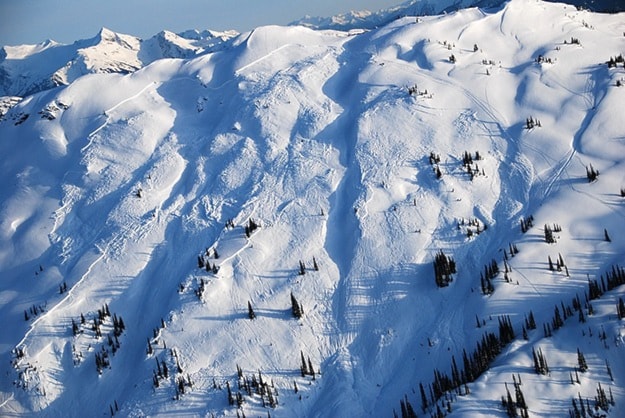Contributed by Avalanche Canada
Avalanche Canada is issuing a Special Public Avalanche Warning for recreational backcountry users from Friday December 11 to the end of the day Monday December 14.
The warning applies to the central Columbia Mountains and encompasses portions of the following forecast regions — the Kootenay-Boundary, South Columbia, North Columbia and Cariboos. The area of concern is the mountainous terrain that lies north of a line roughly between Penticton, Nelson and Cranbrook, and south of a line between Williams Lake and Valemount. The west boundary is Highway 97 between Penticton and Williams Lake; the east boundary is the Columbia and North Thompson rivers.
The region can be viewed on a map here: https://www.google.com/maps/d/edit?mid=zXL9iJ1oQi9c.koeugVgVqm3s&usp=sharing
The main concern is low-elevation, open terrain such as cut-blocks, explains says Karl Klassen, Avalanche Canada’s Public Avalanche Warning Service Manager.
“This situation is a bit unusual,” adds Klassen. “These areas below treeline are often considered as safe playgrounds. But with this current condition, we have had many reports of unexpected avalanches that are definitely large enough to cause injury or death.”
Avalanche Canada recommends avoiding steep slopes of any size between 1400 and 1800 metres elevation, including cut-blocks, cut-banks on roads, and open areas in mature timber. Due to recent storms and winds, higher elevations in many areas are also primed for avalanches and extra caution is advised for the weekend and early next week. For up-to-date information check the daily forecasts at www.avalanche.ca and Avalanche Canada’s Mountain Information Network.
Every person in a backcountry party needs to wear an avalanche transceiver in transmit mode and carry a probe and a shovel in their pack. Ensure all equipment is well maintained and in good working order. Avalanche training and practice in using rescue equipment is essential to ensure a fast and efficient response in case of an emergency.
